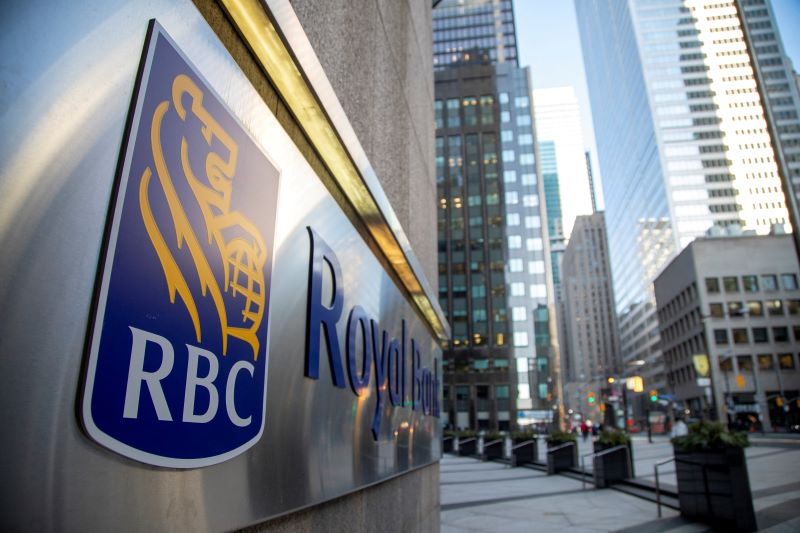Scotland-based NatWest Group plc is a holding company for British banking and insurance. The firm manages a wide range of banking brands.
NatWest Markets, Coutts, National Westminster Bank, and Royal Bank of Scotland are its principal subsidiary companies in the United Kingdom.
Recently, Capital.com showed that the RBS share prices surpassed their 200-day moving average.
A wise investment involves more than merely purchasing a stock at a discount. It is the result of a thorough investigation of the state and prospects of a firm.
For those who are considering purchasing RBS stock, it is worthwhile to emphasize three areas of interest:
Overview:
- Unstable history
- Rebranding
- Shares owned by the government
Read further to decide whether you should invest in RBS shares or not.
Unstable History
Under the leadership of its CEO, Fred Goodwin, RBS expanded quickly, even compared to its rivals. With assets of £1.9 trillion, it acquired a portion of Dutch bank ABN Amro in 2007 and rose to the position of the largest bank in the world.
As the money supply was ending, RBS massively overextended itself. The government’s pressure failed. So, the state was compelled to intervene and acquired a 79% stake in the bank. Then Goodwin was fired in October 2008.
Rebranding
To manifest the “beginning of a new era” for the bank, RBS changed its name to NatWest Group. RBS was understandably eager to get past its connection to the 2008 financial crisis and its £45 billion public rescue. According to reports, the name change won’t affect the services offered to present clients.
NatWest Markets, its loss-making investment banking subsidiary, is being reorganized and simplified to increase profitability.
Shares Are Owned By The Government.
In 2008, the UK government purchased 82% of the Royal Bank of Scotland shares with that £45 billion state rescue. As a result of the government selling up some of its interests over time, public ownership made up about 62 percent of the total.

However, it had recently returned shares worth 1.2 billion pounds to the bank, now called NatWest Group, reducing the government’s ownership to 48.1% from 50.60%.
How Do They Currently Manage Your Investments?
The Coutts Asset Management team is in charge of looking after the investments of Royal Bank Premier clients. Before the market crash, they had previously decided to limit their holdings in smaller companies, such as small and mid-capitalization stocks, since they can be riskier.
They added to their holdings of UK equity, which included ‘value’ stocks in the financial and healthcare sectors. Your investments will still be monitored and diversified to reduce risks and seize opportunities.
Conclusion
The stock market has had an erratic year. The Ukraine conflict, rising inflation, and the potential for a recession have spurred the further fall of share prices.
The RBS share price has been no exception, and it saw an all-time low price in February 2020. However, in May 2021, it again started gaining traction and today holds a good price position.
Read Also:






















